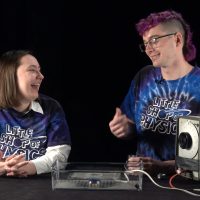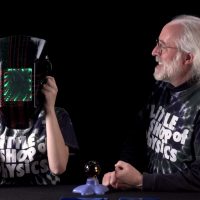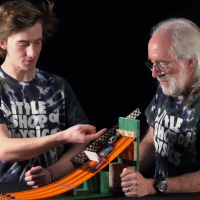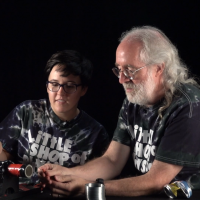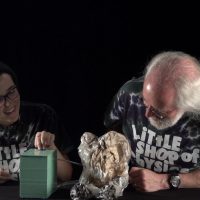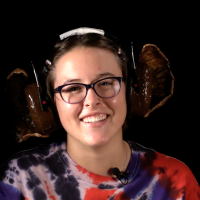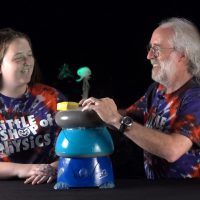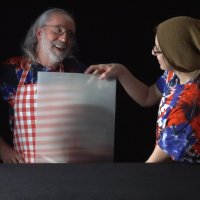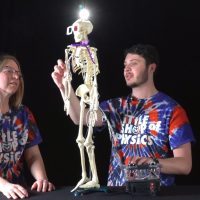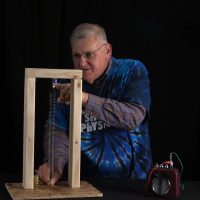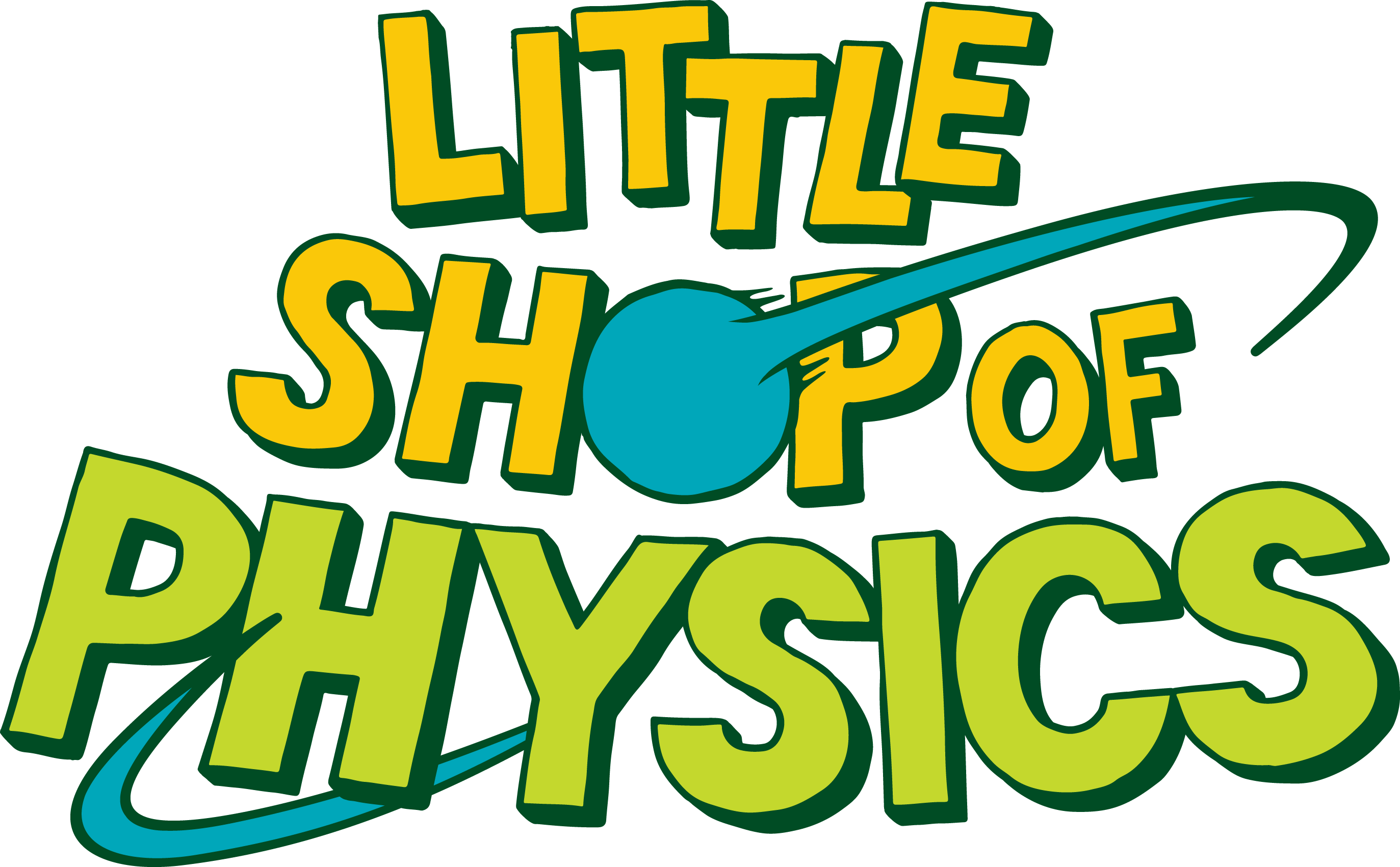Get Your Science On: Chladni Plate
In this video, Donnie and Cecilia talk about how to build a Chladni Plate. This is a simple device that lefts you visualize waves. A speaker gets a plate vibrating, and some spots on the plate (antinodes) vibrate a lot while other places (nodes) don't move at all. Sand or iron filings lets you see [...]Get Your Science On: Hole In Your Head
Check out Destiny’s unique take on a wormhole infinity mirror. This one uses a welding helmet to make a hole in your head! 2 semi-transparent mirrors (all called one-way or see-through mirrors) 1 welding helmet 1 string of battery-powered fairy lights or holiday lights tape, scissors, and glue
Get Your Science On: Passing on the Right
Check out this awesome experiment made from toy cars and a track. No matter where a car starts on this track, it always takes the same amount of time to reach the end!
Get Your Science On: Nifty Nitinol
Check out this nifty experiment: nitinol is a nickel-titanium metal alloy with a remarkable property: shape memory! You can bend a nitinol wire with ease, but when it’s warmed with a hair dryer it regains its original shape!
Get Your Science On: Cam Crusher
Check out this awesome little experiment to crush our beloved mascot, Cam The Ram (or your plush toy of choice). Don’t worry, Cam was fine and bounces right back!
Get Your Science On: Animal Ears
How does the shape of your ears affect how you hear? Brenna and Brian explore Animal Ears: ears shaped like those of a brown long-eared bat and an aye-aye lemur. Hear the world in a brand new way with this simple experiment!
Get Your Science On: Cloud Shapes
This week, Brian and Elizabeth show us how to use a humidifier, inner tube, and a light to make little fog doughnuts.
Get Your Science On: Straw Crossed
This week Lena and Brian explore lenticular plastic — which contains many tiny cylindrical lenses — to play some cool tricks with light. This special plastic defocuses light along one axis, and is the basis of the LSOP experiment “Straw Crossed”.
Get Your Science On: Muscle Memory
Beau shares one last experiment with Heather before he heads off to medical school. “Muscle Memory” uses nitinol wire; sometimes called memory wire, nitinol is a nickel-titanium alloy that “remembers” its previous shape and reverts back to it when heated. The mechanism is an unusual phase change in the metal.
Get Your Science On: Slinky Sounds
This week, we have a special video from our visiting science teacher Chris Chiaverina. Chris shows us how a microphone works and how to build “Slinky Sounds”, an awesome little experiment that makes some sci-fi sound effects!
Contact Details
- Little Shop of Physics
Colorado State University
Natural and Environmental Science Building
1875 Campus Delivery
Fort Collins, CO 80523-1875 Telephone
Telephone: 970-458-LSOPEmail
Email: littleshopofphysics@gmail.com
Stay Connected
Flickr
Youtube
TikTok


